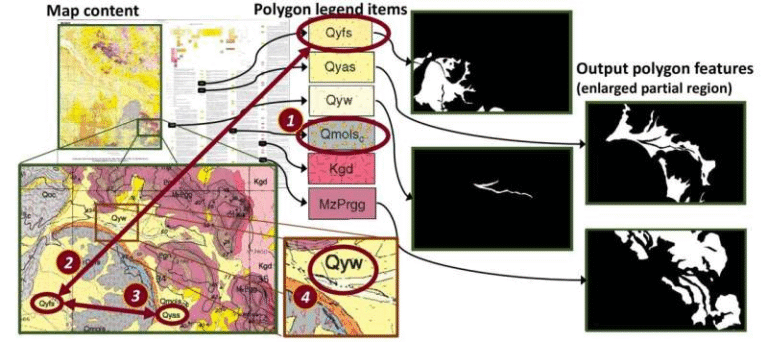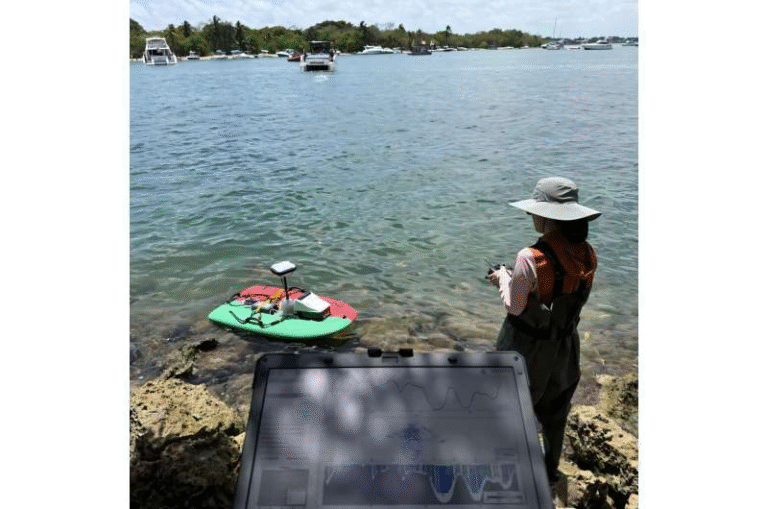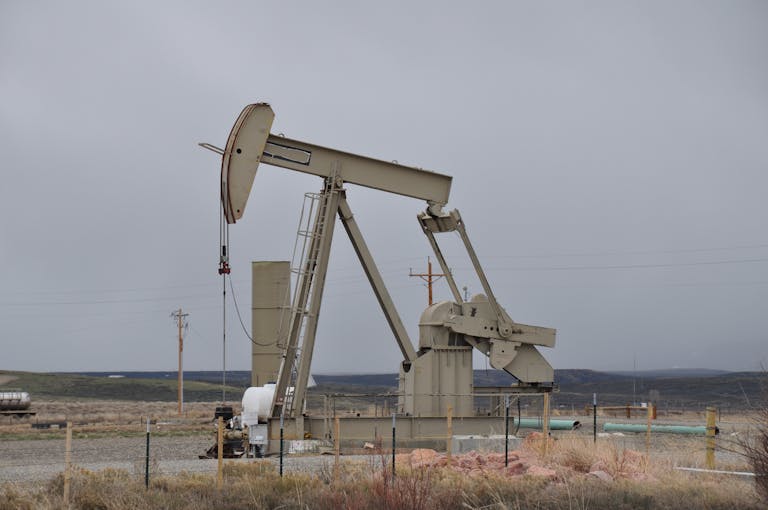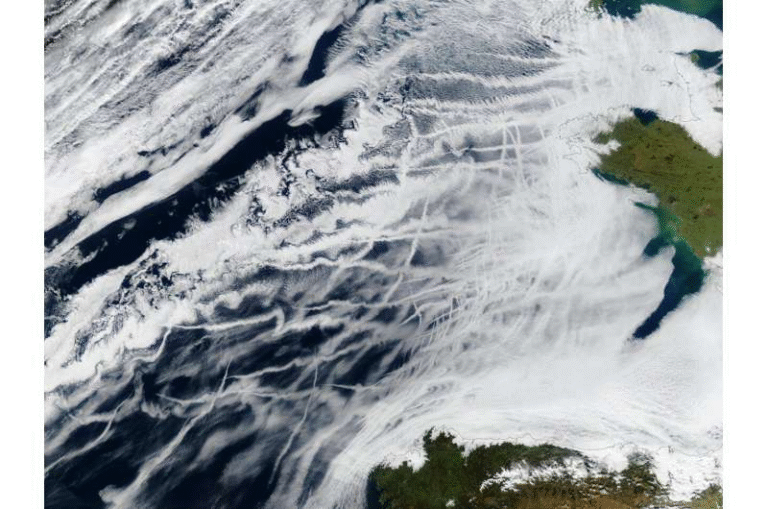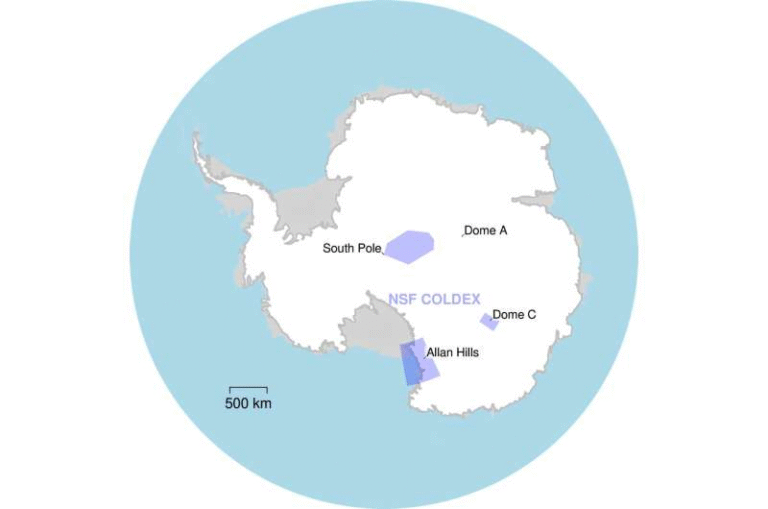New Long-Term Laser Study Reveals Why Helheim Glacier’s Massive Calving Events Behave Differently Than Expected
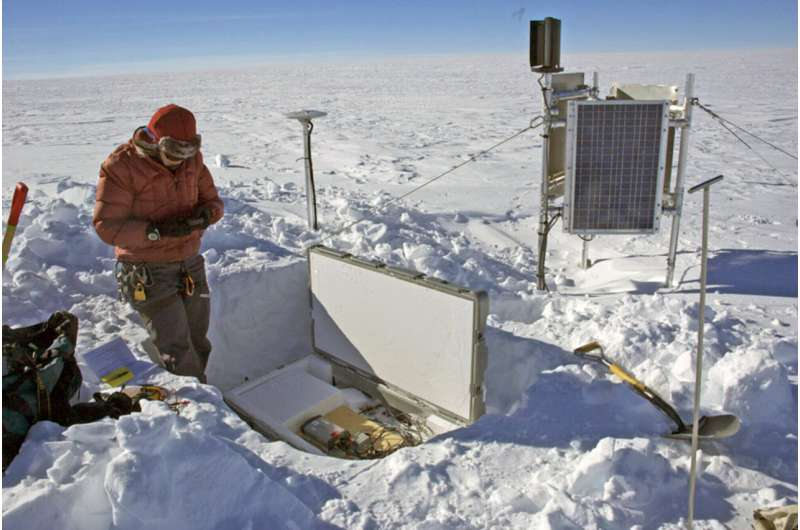
For nearly a decade, scientists kept a close, laser-sharp eye on Greenland’s Helheim Glacier, one of the country’s largest and most important outlet glaciers. What they discovered is reshaping how we think about glacial behavior, climate change, and future sea-level rise. The new research, led by University of Pennsylvania scientists and supported by the U.S. Army’s Cold Regions Research and Engineering Laboratory, shows that Helheim’s gigantic calving events — the dramatic moments when huge slabs of ice break off and crash into the ocean — don’t actually change the glacier’s speed in the way scientists long assumed.
This finding is surprising because traditional thinking suggests that when a glacier loses a massive chunk of ice, it should react dynamically, often speeding up as the internal stresses redistribute. Helheim, however, seems to shrug off these enormous losses and continue flowing at almost exactly the same pace. To understand how researchers uncovered this unexpected behavior, we need to look at the extraordinary tools and effort that went into observing this glacier so closely for so long.
The Ambitious Laser Scanning System That Made This Study Possible
Around ten years ago, glaciologist Leigh Stearns and her collaborators traveled to Helheim Glacier with a bold plan. They wanted to install a high-resolution, autonomous laser scanning system capable of producing continuous 3D maps of the glacier’s surface. This system, called ATLAS (Autonomous Terrestrial Laser Scanning system), became the first long-term automated terrestrial laser scanner used in Greenland.
Installing this system was a difficult task. The researchers had to contend with brutal cold, fierce winds, unreliable power availability, months of winter darkness, and the occasional polar bear wandering into the area. Despite all this, ATLAS remained active year-round, taking scans every few hours during warmer months and regularly even in winter. This was a major upgrade from satellite imagery, which often captures snapshots days or even weeks apart.
The result was one of the most detailed, continuous datasets ever collected for any major glacier. This allowed researchers to observe features like surface depressions, flow speeds, fracture origins, and the glacier’s grounding zone with unprecedented clarity.
What the Researchers Found: Calving Doesn’t Speed Up Helheim Glacier
The most surprising finding came from watching how Helheim responded to its massive calving events. These events can involve kilometer-scale blocks of ice breaking clean off the glacier’s towering front and plunging into the fjord below. You’d expect that losing such a huge piece would make the glacier speed up or surge forward.
But the team’s decade of data shows that Helheim’s flow speed barely changes after even the most spectacular calving events. Instead of reacting dramatically, Helheim continues moving at almost the same rate as if nothing had happened.
This contradicts long-held assumptions in glaciology. Many models of sea-level rise rely on the idea that major calving events cause glaciers to accelerate and lose ice more quickly. For Helheim, at least, that’s not what’s happening.
The Real Driver: The Landscape Beneath the Glacier
One of the most striking insights from this study is that Helheim’s short-term behavior isn’t controlled primarily by changes in ocean temperature, atmospheric conditions, or individual calving events. Instead, its dynamics are heavily shaped by the bedrock geometry beneath it.
The laser scans allowed the team to “rewind” the glacier, tracing fractures back to their point of origin. They found that nearly every major calving event — no matter the season or conditions — originated at the exact same place: a spot sitting on the downstream-facing side of a subglacial ridge buried hundreds of meters below the ice.
This means Helheim has a built-in structural weak point. It is not reacting to weather, but rather following the same stress patterns again and again as it flows over this geological feature. Changes in basal drag — the friction where ice meets bedrock — appear to play a critical role in when and where cracks form.
Over time, as warmer temperatures alter the glacier’s grip on the underlying rock, its long-term path shifts gradually. These changes happen over years or decades, not days or weeks.
A Never-Before-Seen Look at the Grounding Zone
The team’s continuous laser scans also revealed something never previously observed in such detail: the glacier’s grounding zone. This is the area where Helheim transitions from resting firmly on bedrock to floating slightly on seawater. The researchers found that this transition zone moves with the tides, allowing Helheim to bob subtly up and down.
Even more importantly, between 2018 and 2019, the grounding line retreated nearly three kilometers. When a glacier’s grounding zone pulls back like this, seawater can intrude further under the ice, increasing melting at the base and potentially destabilizing the glacier over time.
This retreat could have long-term implications for how Helheim evolves in a warming world, even if calving itself doesn’t immediately speed it up.
Why These Findings Matter for Climate Science and Sea-Level Projections
Most discussions about sea-level rise focus on surface melt and calving, but this research shows that the shape of the land beneath a glacier may be just as important — and in some cases, even more important — than what happens at the surface.
Helheim’s behavior highlights that Greenland’s glaciers should not be treated as a single monolithic system. With about 250 outlet glaciers, each one has its own “personality” and responds differently to environmental changes. While some glaciers accelerate dramatically when they calve or experience warm seasons, Helheim integrates environmental changes more slowly.
This means models predicting future sea-level rise need to account for individual glacier characteristics, especially bedrock geometry and basal friction — factors that have often been oversimplified or overlooked.
Additional Background: Why Glaciers Calve and Why It Matters
To put this study into context, it helps to understand why glaciers calve in the first place. Calving occurs when stresses inside the ice exceed the glacier’s ability to stretch, causing rifts to form and propagate outward. Factors that influence calving include:
- Glacier thickness
- Water depth at the terminus
- Internal stress fields
- Bedrock shape
- Ocean and air temperature
- Basal lubrication from meltwater
Calving is one of the major ways outlet glaciers lose mass. Greenland’s ice sheet contributes significantly to global sea-level rise, and its outlet glaciers — like Helheim, Jakobshavn, and Kangerdlugssuaq — are key players in that process. Understanding exactly how and why these glaciers lose ice is crucial for predicting future sea-level changes.
Because this new research shows that massive calving events don’t necessarily trigger rapid acceleration, it challenges some assumptions and highlights the need for more high-resolution, long-term monitoring like ATLAS.
Research Reference
Calving Mechanisms Inferred From Observations of Surface Depressions at Helheim Glacier, Greenland (Journal of Geophysical Research: Earth Surface, 2025)
https://doi.org/10.1029/2024JF008059
